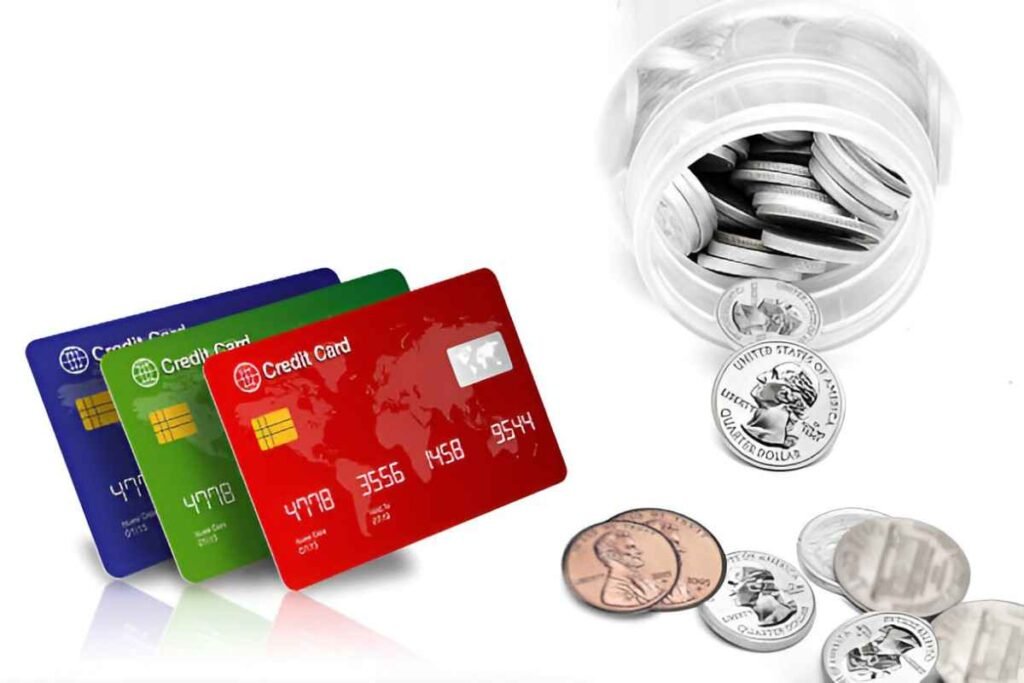When running a business, one of the most important financial decisions I can make is how to manage company expenses. Whether I’m handling daily operations or investing in growth, it’s essential that I have the right tools to streamline my finances. One such tool that I find incredibly useful is a business credit card. Business credit cards come in various forms, and one particular type that I have encountered is the A to B business credit card. In this article, I will break down what an A to B business credit card is, how it works, the benefits it offers, and the things to consider when choosing one for your business.
Table of Contents
What Is an A to B Business Credit Card?
An A to B business credit card is a specific type of business credit card that is designed to support business owners who need flexibility in managing their expenses. The term “A to B” refers to the card’s purpose of helping business owners go from one financial point to another, whether it’s improving cash flow, covering operational costs, or expanding their business. Essentially, it provides an avenue to make payments for business-related expenses, while also offering the opportunity to earn rewards or cashback in some cases.
The Key Features of an A to B Business Credit Card
When I was first considering an A to B business credit card, I took a close look at the key features. Here are some of the most notable ones that I found to be particularly important:
- Credit Limit: The credit limit is one of the most crucial aspects of any business credit card. With an A to B business card, the credit limit typically varies depending on the business’s creditworthiness and needs. A higher limit can provide the flexibility to handle larger purchases or unexpected expenses.
- Rewards Program: Many A to B business credit cards offer rewards such as cashback or points for purchases made with the card. These rewards can add up over time, potentially providing significant savings on business expenses or travel.
- Introductory Offers: Some cards come with introductory offers, such as 0% APR for a certain period, which can be an attractive feature for new business owners or those looking to make large purchases without paying interest immediately.
- Expense Tracking Tools: Business credit cards, including the A to B variety, often come with tools that allow me to track business expenses easily. These tools can categorize spending, generate reports, and even provide insights into where I can cut costs.
- Fraud Protection: An important benefit of using an A to B business credit card is the enhanced fraud protection features. Most business credit cards have systems in place to prevent unauthorized transactions, offering peace of mind that my business finances are secure.
A to B Business Credit Cards vs. Traditional Business Credit Cards
When comparing A to B business credit cards with more traditional business credit cards, there are several points to consider. While both types of cards serve the same general purpose, their structures and benefits can differ. Here is a simple comparison table to help highlight the differences:
| Feature | A to B Business Credit Card | Traditional Business Credit Card |
|---|---|---|
| Credit Limit | Flexible and often higher | Varies based on business needs |
| Rewards | Cashback, points, or miles | Varies, some may offer rewards |
| Interest Rates | May offer 0% APR for an intro period | Typically higher APR |
| Expense Management Tools | Advanced tracking and reports | Basic tracking, depending on issuer |
| Fraud Protection | Enhanced security features | Standard security features |
| Annual Fees | Often lower or waived for the first year | Can vary significantly |
| Eligibility Requirements | Higher qualifications | Lower qualifications |
Benefits of Using an A to B Business Credit Card
Over time, I’ve found that using an A to B business credit card offers a range of benefits. Below are some of the main advantages that I think are worth mentioning:
- Improved Cash Flow: One of the primary benefits of using an A to B business credit card is the improvement in cash flow. Since payments can be deferred to a later date, I can manage my expenses more effectively and make sure that cash flow remains steady.
- Access to Capital: A to B business credit cards give me the ability to access additional funds when needed. This is particularly useful if I have seasonal fluctuations in sales or need to make urgent purchases that would otherwise strain my business’s cash reserves.
- Building Business Credit: I’ve noticed that using a business credit card consistently and responsibly can help me build my business’s credit history. Over time, this can improve my chances of qualifying for larger loans or better terms from other financial institutions.
- Simplified Expense Management: With the right tools, an A to B business credit card can streamline the process of managing business expenses. By consolidating all business-related purchases onto one card, I can easily track and categorize expenses for tax purposes or financial reporting.
- Tax Deductions: Some expenses charged to a business credit card, such as travel or office supplies, may be deductible on my business taxes. Using an A to B business credit card allows me to easily keep track of these expenses and maximize my potential deductions.
Considerations When Choosing an A to B Business Credit Card
Choosing the right A to B business credit card can be a bit tricky, and it’s important to consider all aspects before making a decision. Here are some key factors I kept in mind when choosing my card:
- Fees: Some A to B business credit cards come with annual fees, foreign transaction fees, or late payment fees. It’s crucial to weigh these fees against the benefits to ensure the card is cost-effective for my business.
- APR: The interest rate, or Annual Percentage Rate (APR), is another important factor. If I plan to carry a balance, I need to be aware of the APR, as it can affect how much I pay in interest over time.
- Rewards Structure: If earning rewards is important to me, I need to consider how the rewards are structured. Some cards offer more rewards on specific categories, like office supplies or travel, which could be beneficial depending on my business’s needs.
- Credit Requirements: The A to B business credit card may come with specific eligibility requirements. It’s important to understand what these are and make sure my business meets them before applying.
Examples and Calculations
Let’s take a look at a couple of examples to illustrate how an A to B business credit card can impact your finances.
Example 1: Cashback Rewards
Let’s say I spend $2,000 a month on business expenses. If my A to B business credit card offers 1.5% cashback on all purchases, I would earn the following in rewards:
- $2,000 x 1.5% = $30 in cashback per month.
- $30 x 12 months = $360 in cashback rewards for the year.
Over time, this cashback can add up and help offset some of the expenses I incur throughout the year.
Example 2: Interest Savings with 0% APR Introductory Offer
If I make a $5,000 purchase for my business and the A to B card offers a 0% APR for the first 12 months, here’s how much I could save on interest:
- Without the 0% APR: If the card has a 15% APR, the interest on a $5,000 balance for one year would be $750.
- With the 0% APR: I would pay no interest during the first 12 months, saving me $750.
This type of introductory offer can be a great way to manage large purchases without incurring additional costs.
Conclusion
In conclusion, an A to B business credit card can be a powerful tool for managing business expenses. With its flexible credit limits, rewards programs, and various features, it offers many advantages to business owners. By taking the time to understand how it works and weighing the benefits and considerations, I can make an informed decision about whether an A to B business credit card is right for my business.





